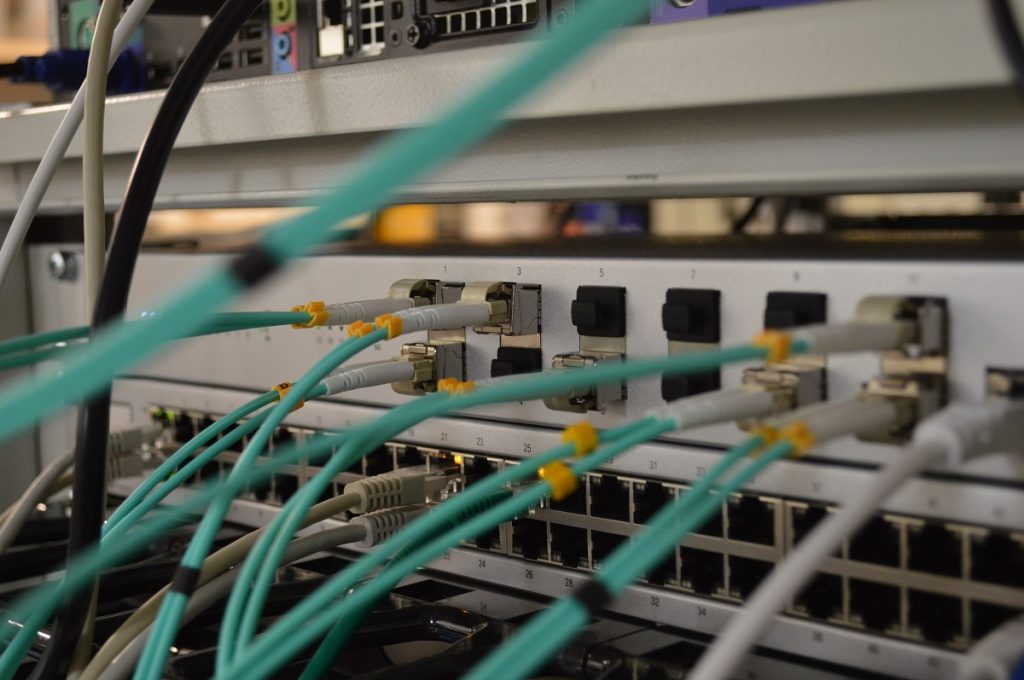The number of cyber attacks continues to increase in recent years. Large corporations and small- and medium-sized businesses have fallen victim to attacks such as phishing and major network breaches. The Parliament had its network compromised even though there were no indications that data was stolen.
Organisations are often notified of a cyber attack after sensitive information has been compromised. To make matters worse, security breaches are becoming more difficult to detect, as malware is increasingly sophisticated. This creates blind spots, or hidden areas that negatively affect a network’s performance.
Common Causes of Blind Spots
Failure to detect blind spots can have a tremendous effect on a company’s operations. Internal information technology (IT) employees will not be able to detect blind spots right away; one solution is to hire a company that offers network visibility solutions to scan your IT system.
Although blind spots can be anywhere in the network, the following are their common causes:
Silos
Silos occur when different departments – IT, security, operations – don’t share data with each other. Without data sharing, IT teams will find it difficult to find the source of the network breach.
Connected Devices
For companies that invest heavily on computers and IT equipment, documenting every new device in the network takes a lot of time and effort − but it is crucial. A company without a proper device inventory will struggle to identify the owner of the gadget, its location and source of the issue.
Botnets
Botnets are networks of infected computers used to attack or infiltrate a target. Unsuspecting employees join botnets when they download infected software or fall victim to a well-crafted phishing e-mail. As soon as the malicious code enters an infected device, the cybercriminal gains access to the desired information and compromises the company’s system.
Insufficient Network Monitoring
Some IT teams fail to keep an eye on connected devices and encrypted traffic. This causes employees to connect a device to the network or download unapproved files without IT permission. It then becomes challenging to track unexpected increases in traffic, and the employees responsible for them, so dangerous traffic can slip by unnoticed.
How to Prevent Network Blind Spots
Preventing blind spots and improving visibility leads to better network security. The following are ways to prevent blind spots and make your network more robust:
Update the Network
Be proactive about updating and maintaining your IT infrastructure: install updates regularly and look after hardware. This ensures that you minimise security vulnerabilities by keeping up to date.
Network Mapping

By creating an updated visual of your entire network, including a way to detect new devices as they connect, you’ll be less surprised by unusual network activity. Network mapping also helps you find devices faster when issues arise, so you can resolve these problems more quickly.
Network Monitoring
Monitoring your network remains one of the strongest defences against blind spots. Examine all aspects of the network infrastructure: business-critical devices, mobile technology, applications and virtual elements. Regular monitoring helps create a baseline so it’s easier to detect unusual traffic.
Network Notifications
Many monitoring tools have alert capabilities that will inform you when traffic exceeds fixed thresholds. Whether at your workstation or taking a break, you’ll be notified of potential issues immediately and can start resolving them before they worsen.
The sophistication of malware used by cyber attackers means today’s blind spots can create havoc with a company’s network performance if not managed early enough. Proactively seeking measures to detect and prevent blind spots saves time, money and valuable information from being compromised – so make sure you do it properly.

